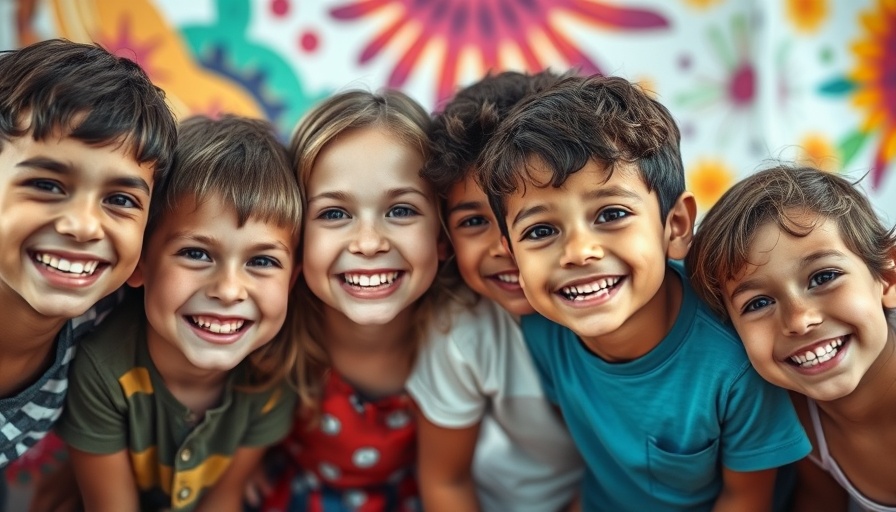
Embracing Art: A Vital Ingredient for Lifelong Fulfillment
The essence of a well-lived life is captured wonderfully in the story of Miss Rumphius, whose quest for beauty is a poignant reminder of what truly enriches our existence. Just like her endeavor to scatter lupine seeds, we all have the power to contribute to our communities' vibrancy through art. The arts are not merely a luxury reserved for the young or the privileged; they are vital for health and wellness, especially in our later years.
Creativity and Quality of Life: Vital Connections
According to the Creativity Matters: The Arts and Aging Toolkit, art significantly enhances the quality of life for older adults. Engaging with various forms of artistic expression fosters a deeper connection with oneself and others, serving as a social contract between the creator and the audience. While engaging in a creative act, participants experience a vibrant communal pulse that resonates beyond mere observation.
The Joy of Movement: Dance as a Fountain of Youth
Dance, in particular, exemplifies this connection between art and wellness beautifully. An article from the New York Times likens dancing to kale in its health benefits. The joy of moving to music not only uplifts spirits but also keeps both mind and body agile. Even those watching from the sidelines reap benefits, as tapping toes can ignite personal engagement and evoke memories of joyous movement.
Scientific Insights: Cognitive Benefits of Participatory Arts
Pioneering research by cognitive psychologists Helga Noice and Tony Noice solidifies the relationship between participatory arts and cognitive health in older adults. Their studies showed clear improvements in cognitive functionality in participants who took part in acting classes—indicating that the arts can provide a tremendous boost to mental faculties. Notably, actors demonstrated exceptional improvement across multiple cognitive measures compared to control groups who experienced no artistic engagement.
Art’s Impact on Those with Dementia
Moreover, the therapeutic potential of art extends even to those battling dementia. Evidence cited in the Creativity Matters toolkit highlights transformations observed in individuals after the installation of a mural in a community space for dementia patients. The introduction of visual art markedly reduced negative behavioral patterns—demonstrating how art can fundamentally alter environments and interactions.
Creating Together: The Importance of Community Engagement
The significance of communal and intergenerational engagement in the arts cannot be overstated. Events that facilitate shared experience—like community dance nights or collaborative mural projects—bring together diverse age groups, allowing for rich exchanges of stories and background. When younger generations interact with older individuals through the lens of art, they both benefit. This amalgamation fosters respect, understanding, and a stronger community.
Your Chance to Make an Impact
As readers, consider how you can weave arts into your lives or those of your loved ones. Whether it’s through hosting family art nights, joining a local dance class, or volunteering with arts programs for older adults, every effort counts. Engaging with the arts not only cultivates personal joy but helps create a vibrant community tapestry.
The legacy of Miss Rumphius serves as a reminder that we all can play a role in spreading beauty. So grab your paintbrush, dance shoes, or writing pad and take the leap!
 Add Row
Add Row  Add
Add 




Write A Comment